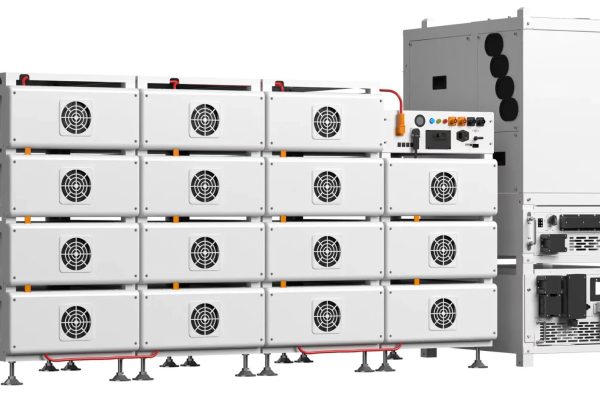The Role of Data Sheets in Buyer Decision-Making
In the export business of energy storage systems (ESS), the data sheet is often the very first touchpoint between suppliers and international buyers. Long before samples are shipped or contracts are signed, buyers evaluate technical data sheets to judge whether a supplier’s products meet their needs. A well-prepared data sheet can therefore make or break the first impression, serving as the foundation for trust and eventual cooperation.
1. Data Sheets as the Buyer’s First Filter
- Quick Evaluation Tool: Buyers use data sheets to screen multiple suppliers efficiently.
- Decision Gate: Only suppliers with professional and complete data sheets move forward in negotiations.
- Perception of Professionalism: A sloppy or incomplete sheet signals weak product quality control.
Exporter Tip: Treat your data sheet as the entry ticket to global trade conversations.
2. Building Trust Through Transparency
- Detailed Technical Specs: Voltage, capacity, cycle life, IP rating, operating temperature range.
- Certifications Listed Clearly: CE, UL, IEC, PSE, or GCC approvals.
- Warranty and Compliance Info: Helps buyers feel protected from risk.
Exporter Tip: Buyers equate clear, transparent information with reliability.
3. Simplifying Technical Complexity for Buyers
- Use Tables, Not Paragraphs: Makes specs easy to scan.
- Highlight Key Metrics: Bold important figures like usable capacity and warranty years.
- Add Graphs and Curves: Performance charts (efficiency, cycle life) make the data more credible.
Exporter Tip: A buyer should be able to understand your product in 60 seconds from your data sheet.
4. Data Sheets as a Sales Tool
- Differentiation Point: Highlight what sets your product apart (efficiency, scalability, communication protocols).
- Professional Branding: Logos, design consistency, and layout reflect company image.
- First Marketing Asset: Even technical documents are part of your sales toolkit.
Exporter Tip: A well-branded data sheet sends a message: “We are a serious, reliable supplier.”
5. Supporting Buyer Communication Internally
- Reference for Technical Teams: Engineers use data sheets to check compatibility.
- Tool for Sales Teams: Distributors rely on them to explain the product to end customers.
- Standard for Comparisons: Buyers line up data sheets from multiple vendors for side-by-side review.
Exporter Tip: A strong data sheet helps your buyers sell on your behalf.
6. Avoiding Common Mistakes
- Incomplete Data: Missing critical specs causes buyers to lose trust.
- Too Much Technical Jargon: Confuses non-technical stakeholders.
- Poor Formatting: Crowded tables or inconsistent fonts make reading difficult.
Exporter Tip: Simplicity + Completeness = A data sheet that works.
The Data Sheet as Your First Sales Pitch
In international ESS exports, the data sheet is not a formality—it is the first and most important step to convince buyers. A clear, professional, and well-structured data sheet demonstrates technical credibility, reduces buyer hesitation, and opens the door to serious negotiations. Exporters who invest in excellent data sheet design position themselves ahead of competitors and secure buyer trust faster.









